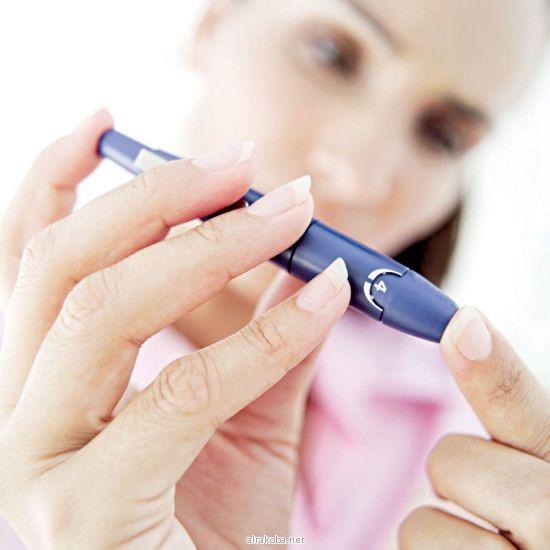Non-insulin dependent diabetes mellitus also known as Type 2 is the commonest form of diabetes. Formerly known as adult-onset diabetes, it usually affects people aged over 40 and progresses gradually. In this type the pancreas has not ceased to produce insulin, but the quantity is insufficient, or the hormone is not stimulating the glucose uptake in muscles and tissues required for energy. The result is a build-up of glucose in blood and urine.
Although the cause of this malfunctioning is unclear, non-insulin dependent diabetes mellitus tends to run in families. Other risk factors, such as increasing age, obesity, and a sedentary lifestyle, probably contribute to its increased incidence in developed countries. Non-insulin dependent diabetes mellitus can often be controlled initially by diet alone, or in combination with tablets that reduce the amount of blood glucose. There are two main types of blood glucose-reducing drugs: sulphonylureas work mainly by stimulating the pancreas’s islet cells (known as the islets of Langerhans) to produce more insulin, and biguanides increase the effectiveness of insulin on cells. Eventually, however, patients may need insulin injections.
The aim is to maintain blood glucose at levels that are as normal as possible and to prevent obesity, thus lowering the attendant risk of cardiovascular disease. Acarbose, the first of a new group of drugs called alpha-glucosidase inhibitors, was introduced for treating non-insulin dependent diabetes mellitus in 1993. By restricting the action of alpha-glucosidase, which helps digest sugars and starch in the intestine, acarbose can limit an increase in blood glucose levels after eating. more information on diabetes here.

